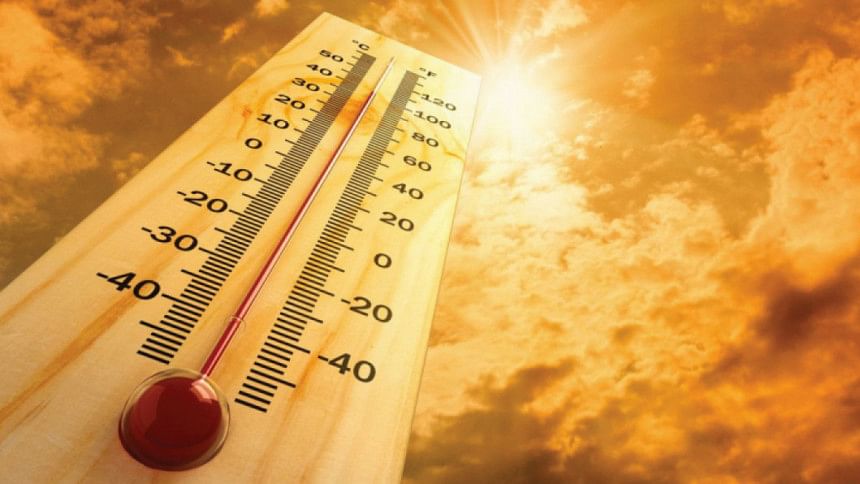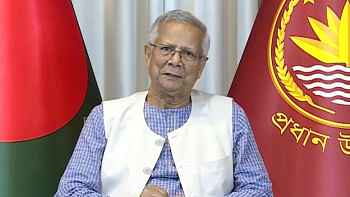Why are we experiencing heat waves and what can be done?

This year's summer started early with devastating heat waves across the globe. South Asia is experiencing its highest temperatures in the last 122 years, leading to at least 90 heat-related deaths in Pakistan and India. The People's Republic of China suffered three consecutive heat waves, breaking long-standing records, with temperatures exceeding 42 degrees Celsius.
WHAT IS A HEAT WAVE AND WHY DOES IT CAUSE TEMPERATURE TO RISE SO HIGH?
A heat wave is an extreme heat event that causes a prolonged period of abnormally hot and humid weather. The magnitude of temperatures in a heat wave varies from location to location, depending on what is considered 'normal' weather for a particular season.
A heat wave occurs when there is high pressure in the atmosphere that forces hot air downward and traps it near the ground. This high-pressure system acts like a lock that prevents the hot air from rising. Consequently, rain cannot form and the hot air gets hotter.

Heat waves can be classified into different categories depending on the intensity of heat stress. The Australian Government's Bureau of Meteorology groups heatwaves into three categories: low-intensity, severe, and extreme. While the low-intensity heatwaves are more frequent, the severe and extreme heatwaves are more challenging to manage.
WHY DO HEAT WAVES OCCUR SO FREQUENTLY NOWADAYS?
Climate change is the major cause of more extreme and frequent heat waves. According to World Weather Attribution, what was once considered a 100-year extreme heatwave would be 30 times more likely to occur today with the current level of global warming.
Furthermore, warmer air often comes with humidity by holding and transferring the evaporated liquid water from soils, plants, and oceans into the atmosphere. The combination of extreme heat and humidity, or so-called "wet-bulb" temperatures, makes heat waves more dangerous to human life.
WHAT ARE THE IMPACTS OF HEAT WAVES?
Heat waves pose serious threats to health, agriculture, energy, and infrastructure. More than 6,500 have died from heat in India since 2010; at least 138 deaths and more than 70,000 people required hospitalisations for heat-stroke in Japan in 2018. The People's Republic of China is experiencing scorching heat this year, with many reported deaths from heat-stroke.
Up to 30 per cent of wheat supply in some provinces in India has been lost due to the heat wave this year. Heat waves can also trigger other natural disasters such as drought, bushfires, and forest fires which consequently damage crops and livestock. This can lead to insufficient supply, price hikes and even food insecurity.
During a heat wave, energy consumption often skyrockets to cool down the temperature. Air conditioning is constantly used where accessible, leading to power shortages in many places during extreme heat events. Coal and fuel consumption, the main resources for electricity generation in South Asia, has been ramped up. The increased greenhouse gas emissions exacerbate climate change impacts in the long term, triggering more heat waves.
Infrastructure has been significantly damaged from heat waves. For example, the Glacial Lake outburst flood caused by a heat wave in March has destroyed bridges, power plants, a dozen houses, and a community centre in Pakistan. In the People's Republic of China, hot atmospheric temperature has buckled roads, melted tar and burst roof tiles in Shanghai and many other cities.
WHAT CAN GOVERNMENT DO TO PROTECT PEOPLE AND ECONOMIES FROM THESE HEAT WAVES
A heat wave action plan includes an early warning system. This is essential to prevent people's exposure to deadly heat. In an early warning system, the intensity and magnitude of heat can be classified into different levels with corresponding "Do's and Don'ts". This should be frequently communicated to residents through all communication channels.
The action plan should also include training and preparedness for health workers to recognize and treat symptoms of heat-related illness and ensure the availability of cooling appliances in the hospitals during the heat wave season.
Establishing cooling centers for vulnerable groups such as children, the elderly, and poor people is another effective way to mitigate the health impacts of heat waves as air conditioning may not be accessible to all vulnerable groups.
For agriculture, weather risks and agricultural advisories, such as irrigation levels, could be sent to farmers; investing and encouraging the adoption of heat-tolerant varieties could mitigate the impacts on crop and livestock. Disaster insurance, weather-index insurance and other livelihood protection mechanisms can also be used to cope with production loss resulting from heat waves.
Governments must invest in better urban planning and infrastructure to adapt to heat waves and reduce the urban heat island effect. This includes transitioning from conventional to cooling material for roofs and pavements that absorb less solar energy and reflect more sunlight. Expanding green spaces and green corridors and implementing water drinking stations in public spaces can also help.
WHAT ARE THE LONG-TERM SOLUTIONS TO ASIA'S HEAT WAVES?
The ongoing heat waves in Asia and around the world need to be managed immediately to save lives. Particular attention must be paid to communities that cannot rely on safe and affordable water or air conditioning to cool down. The underlying long-term causes also need to be addressed. If not, the heat waves of the future could be far more intense and disruptive than what we are experiencing today.
The author is an environmental economist at the Asian Development Bank.

 For all latest news, follow The Daily Star's Google News channel.
For all latest news, follow The Daily Star's Google News channel. 








Comments